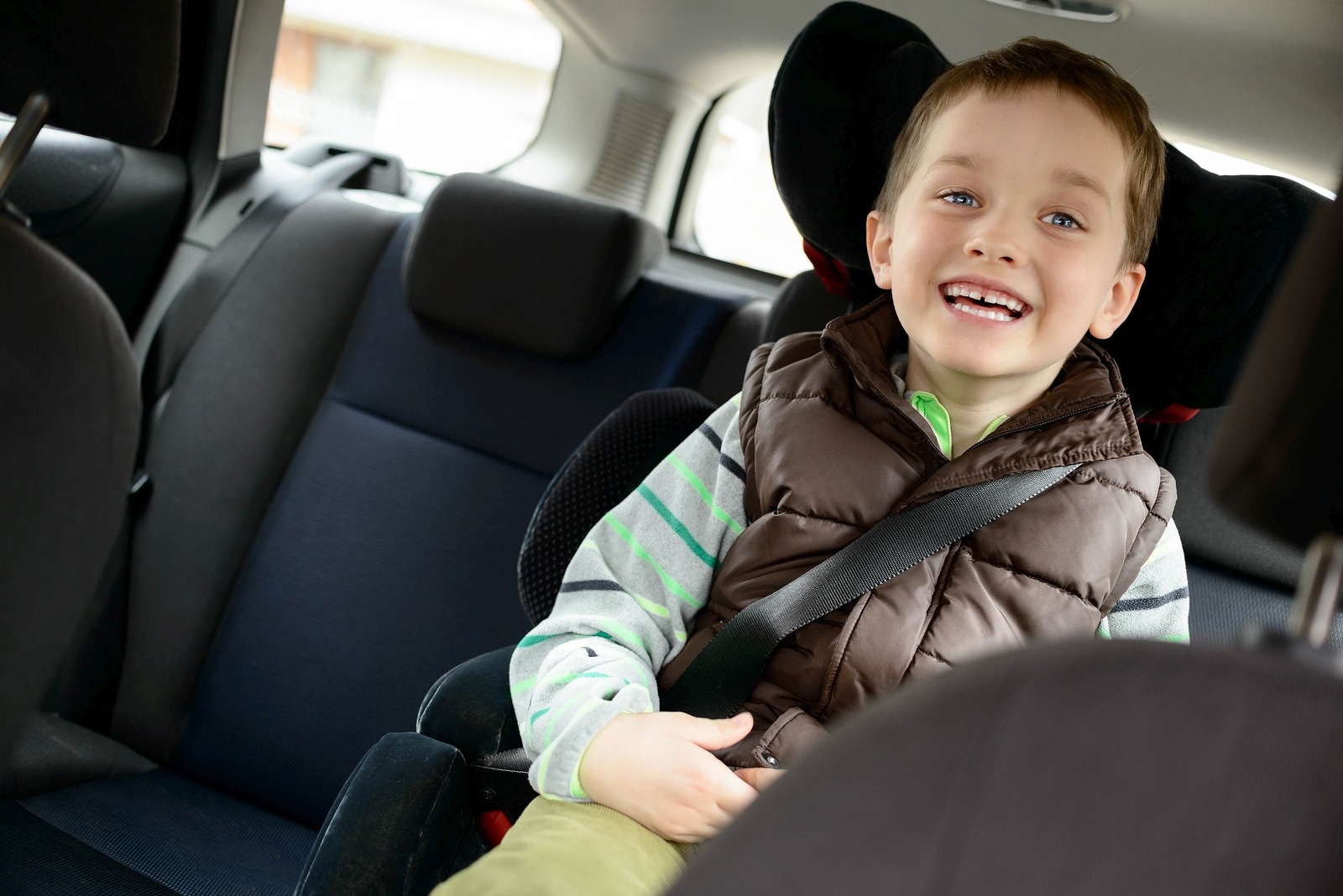8 mistakes you’re making with child safety seats

To observe National Child Passenger Safety Week, the Illinois Department of Transportation, AAA and other child safety organizations are highlighting common mistakes parents make when installing safety seats in their vehicles and strapping their children into them.
Here are eight frequent errors they cite:
1. Putting children in a forward-facing seat too soon
Before getting rid of that rear-facing seat, check the height and weight limits of it. If your child is still under the limits, they should remain in the seat that faces the rear of the vehicle. Switching a child to a forward-facing seat too soon increases the chance of head, neck and spine injuries in a crash.
2. Loose harnesses
When the child is buckled into a seat, the harness straps should lay flat against the child (not over heavy clothing like a winter coat). The straps should be snug enough so you cannot pinch excess webbing.
3. Not properly securing the seat in the vehicle
Seat belts or the LATCH system are used to secure car seats to the vehicle and must be locked in place. It’ll take some muscle to fully tighten all of the belts to make sure the seat isn’t too loose.
4. Not registering the car seat for recall notifications
If you fill in and submit the registration card, the manufacturer will notify you if a recall is issued for your seat. Also, it’s a good idea to write emergency contact information on a label and stick it to the seat’s plastic shell under the cushions.
5. Having other unsecured items in the car
6. Not using the LATCH system as approved
Lower Anchors and Tethers for Children (LATCH) is used to secure the car seat as an alternative to the seat belt. The system involves securing latches on the car seat to hooks built into a car’s back seats. Lower anchors have weight limits and are often designed to be used only in the outside seating positions, not the center seat. Check your car seat and vehicle owner’s manuals for help.
7. Not using the top tether on a forward-facing seat
Whether using the LATCH system or the seat belt, the top tether or “top strap” keeps the top of the car seat from moving too far forward in a crash. For LATCH installations, it involves securing the top latch to a hook located behind the back seats’ headrests.
8. Graduating to a new seat too soon
Children should outgrow the height and weight limits of their forward-facing harness car seat before graduating to a booster seat. Children are ready for a plain seat belt once they are 4-foot-9 and can sit correctly with the lap belt crossing their hips and the shoulder belt crossing their chest. About 26 percent of children ages 4 to 7 are moved to seat belts too soon, the National Highway Traffic Safety Administration says. State law requires all children to be in a safety seat until at least age 8.















